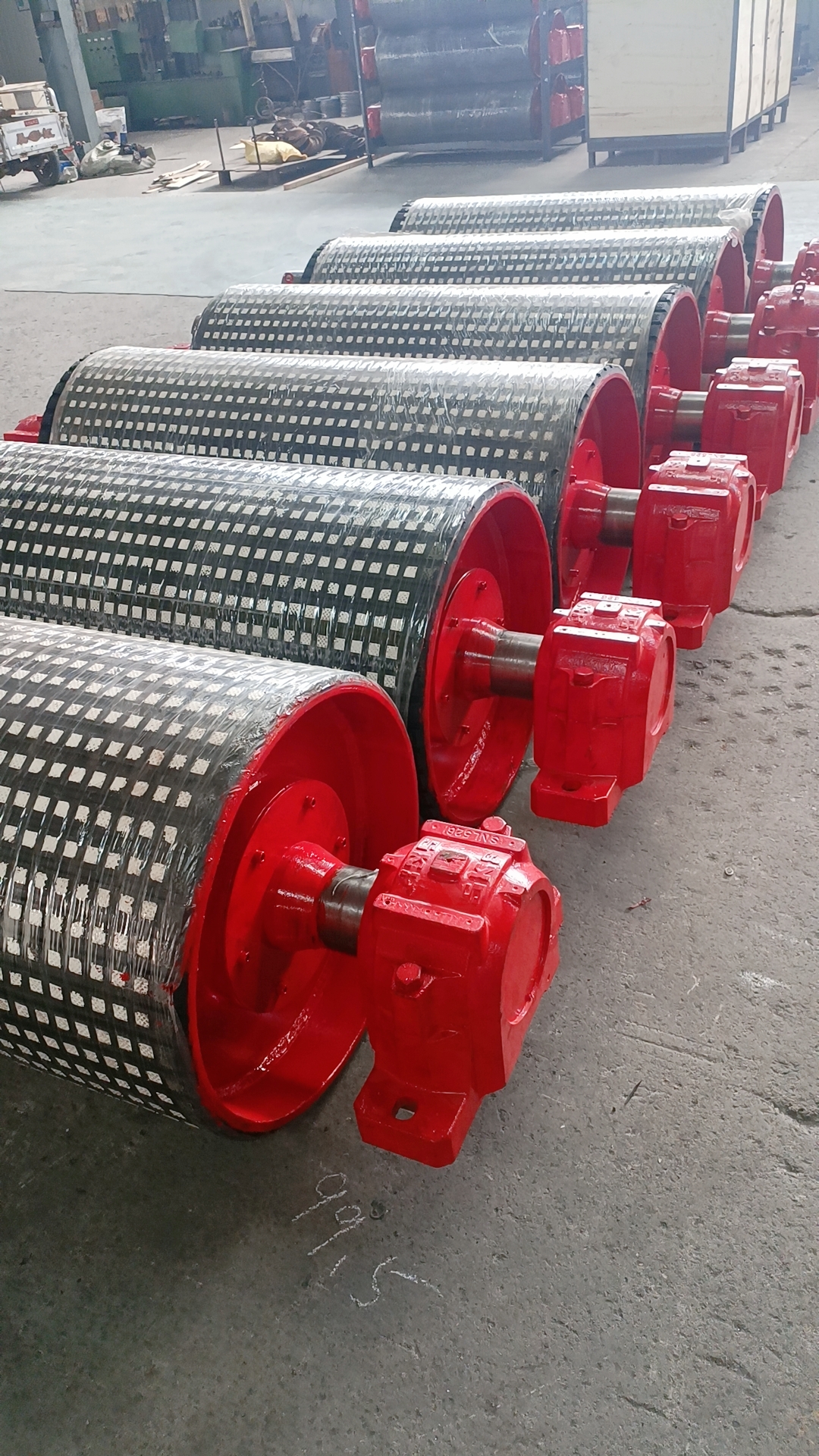 Afrikaans
Afrikaans  Albanian
Albanian  Amharic
Amharic  Arabic
Arabic  Armenian
Armenian  Azerbaijani
Azerbaijani  Basque
Basque  Belarusian
Belarusian  Bengali
Bengali  Bosnian
Bosnian  Bulgarian
Bulgarian  Catalan
Catalan  Cebuano
Cebuano  Corsican
Corsican  Croatian
Croatian  Czech
Czech  Danish
Danish  Dutch
Dutch  English
English  Esperanto
Esperanto  Estonian
Estonian  Finnish
Finnish  French
French  Frisian
Frisian  Galician
Galician  Georgian
Georgian  German
German  Greek
Greek  Gujarati
Gujarati  Haitian Creole
Haitian Creole  hausa
hausa  hawaiian
hawaiian  Hebrew
Hebrew  Hindi
Hindi  Miao
Miao  Hungarian
Hungarian  Icelandic
Icelandic  igbo
igbo  Indonesian
Indonesian  irish
irish  Italian
Italian  Japanese
Japanese  Javanese
Javanese  Kannada
Kannada  kazakh
kazakh  Khmer
Khmer  Rwandese
Rwandese  Korean
Korean  Kurdish
Kurdish  Kyrgyz
Kyrgyz  Lao
Lao  Latin
Latin  Latvian
Latvian  Lithuanian
Lithuanian  Luxembourgish
Luxembourgish  Macedonian
Macedonian  Malgashi
Malgashi  Malay
Malay  Malayalam
Malayalam  Maltese
Maltese  Maori
Maori  Marathi
Marathi  Mongolian
Mongolian  Myanmar
Myanmar  Nepali
Nepali  Norwegian
Norwegian  Norwegian
Norwegian  Occitan
Occitan  Pashto
Pashto  Persian
Persian  Polish
Polish  Portuguese
Portuguese  Punjabi
Punjabi  Romanian
Romanian  Russian
Russian  Samoan
Samoan  Scottish Gaelic
Scottish Gaelic  Serbian
Serbian  Sesotho
Sesotho  Shona
Shona  Sindhi
Sindhi  Sinhala
Sinhala  Slovak
Slovak  Slovenian
Slovenian  Somali
Somali  Spanish
Spanish  Sundanese
Sundanese  Swahili
Swahili  Swedish
Swedish  Tagalog
Tagalog  Tajik
Tajik  Tamil
Tamil  Tatar
Tatar  Telugu
Telugu  Thai
Thai  Turkish
Turkish  Turkmen
Turkmen  Ukrainian
Ukrainian  Urdu
Urdu  Uighur
Uighur  Uzbek
Uzbek  Vietnamese
Vietnamese  Welsh
Welsh  Bantu
Bantu  Yiddish
Yiddish  Yoruba
Yoruba  Zulu
Zulu Self-Cleaning Roller for Effortless Maintenance and Enhanced Performance
The Innovative World of Self-Cleaning Rollers
In today's fast-paced world, where efficiency and convenience are paramount, the introduction of self-cleaning technologies has revolutionized various industries. One remarkable innovation that is gaining traction is the self-cleaning roller. This groundbreaking invention promises to streamline cleaning processes, reduce labor costs, and enhance cleanliness in multiple applications ranging from household use to industrial settings.
Understanding Self-Cleaning Rollers
Self-cleaning rollers utilize advanced materials and engineering to significantly minimize the need for manual cleaning. By integrating various cleaning mechanisms with roller designs, these rollers can automatically remove grime, dust, and other contaminants as they operate. The technology behind self-cleaning rollers often involves a combination of hydrophobic surfaces, mechanical scrubbing action, and in some cases, the inclusion of chemical agents that assist in the cleaning process.
Applications Across Industries
The versatility of self-cleaning rollers makes them applicable in numerous sectors. In the custodial industry, for instance, these rollers can be used to clean floors in commercial spaces, such as shopping malls or airports. Traditional floor cleaning methods are often time-consuming and labor-intensive. However, by employing self-cleaning rollers, facilities can maintain high standards of cleanliness with significantly reduced effort. This not only saves time but also enhances the overall sanitary conditions of spaces that experience high foot traffic.
In manufacturing settings, self-cleaning rollers can be utilized on production lines where contaminants can affect product quality. For example, in food processing plants, maintaining cleanliness is crucial to ensure food safety standards. Implementing self-cleaning rollers in these environments helps eliminate the buildup of dust and allergens, thereby protecting both products and consumers.
self cleaning roller

Moreover, in the realm of outdoor equipment, self-cleaning rollers can be particularly beneficial. Those who maintain sports fields, for example, can greatly reduce the time and resources spent on cleaning equipment often stained with mud and grass. The self-cleaning features allow rollers to be ready for use without extensive downtime for cleaning, promoting efficiency in operations.
Environmental Benefits
An added advantage of self-cleaning rollers is their potential to leverage eco-friendly practices. Traditional cleaning methods often involve the use of harsh chemicals and large amounts of water, leading to environmental concerns. Self-cleaning rollers can reduce the reliance on harmful substances, as some designs minimize or even eliminate the need for chemical agents altogether. Furthermore, by effectively cleaning surfaces while using less water, these rollers contribute to sustainable practices, aligning with the growing need for environmentally responsible technologies.
Future Innovations in Self-Cleaning Technology
As research and development in nanotechnology and materials science progress, the performance of self-cleaning rollers is set to improve. Future iterations may incorporate smart technologies that monitor cleanliness levels and automate the cleaning process even further based on real-time data. Additionally, developments in biodegradable materials may allow for self-cleaning rollers that are both effective and environmentally friendly.
Conclusion
The rise of self-cleaning rollers marks a significant step forward in cleaning technology. By enhancing efficiency, reducing labor costs, and minimizing environmental impact, these innovative tools are redefining the cleaning landscape across various industries. As we continue to explore new technologies and materials, the future holds exciting possibilities for even more advanced self-cleaning solutions. Businesses, households, and industries can greatly benefit from adopting these pioneering tools, leading us toward a cleaner and more sustainable future. Ultimately, self-cleaning rollers represent a convergence of practicality and innovation, embodying the spirit of modern technological advancement.
-
Revolutionizing Conveyor Reliability with Advanced Rubber Lagging PulleysNewsJul.22,2025
-
Powering Precision and Durability with Expert Manufacturers of Conveyor ComponentsNewsJul.22,2025
-
Optimizing Conveyor Systems with Advanced Conveyor AccessoriesNewsJul.22,2025
-
Maximize Conveyor Efficiency with Quality Conveyor Idler PulleysNewsJul.22,2025
-
Future-Proof Your Conveyor System with High-Performance Polyurethane RollerNewsJul.22,2025
-
Driving Efficiency Forward with Quality Idlers and RollersNewsJul.22,2025





























